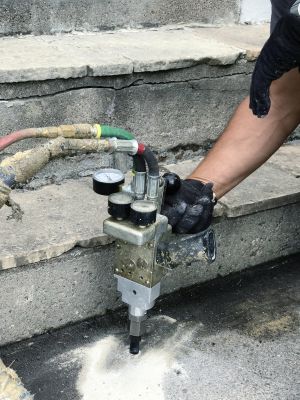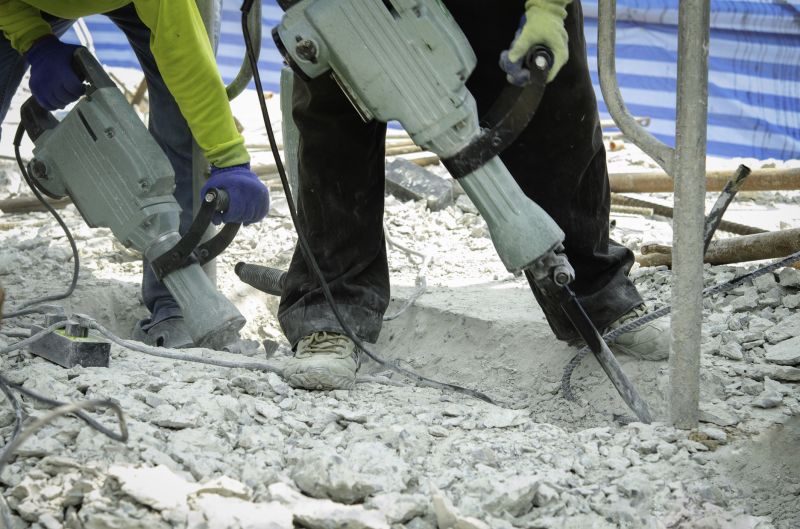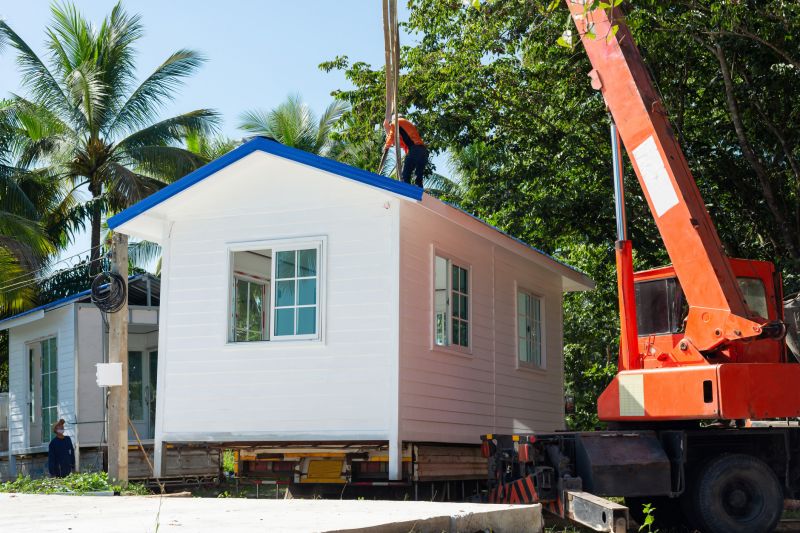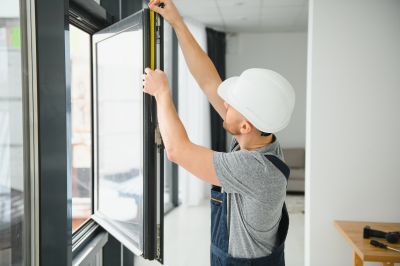Optimal Timing for Poly Jacking Operations
Poly jackings are a versatile solution used to lift, stabilize, and support structures. They are effective in various conditions but are most beneficial when ground conditions are stable and predictable. Timing can influence the success and efficiency of the jacking process, making it important to consider environmental and project-specific factors.
Poly jackings perform best during dry, moderate weather. Extreme cold or heat can affect the material properties and installation process.
Scheduling during periods of low construction activity can reduce disruptions and allow for better coordination.
Timing when soil conditions are stable ensures safer and more effective jacking operations.
Performing jacking when structural assessments confirm no ongoing movement or stress reduces risks.

Image of poly jacking process supporting a building foundation.

Preparation of ground and structure before jacking.

Completed jacking project with stabilized structure.

Ways to make Poly Jackings work in tight or awkward layouts.

Popular materials for Poly Jackings and why they hold up over time.

Simple add-ons that improve Poly Jackings without blowing the budget.
Poly jackings utilize high-strength polymer materials that provide precise lifting and support capabilities. They are often used in infrastructure projects, building renovations, and structural repairs. The technology allows for controlled adjustments, minimizing disruption and ensuring safety during the process. Proper timing is essential to maximize efficiency, reduce risks, and ensure the longevity of the support.
| Factor | Considerations |
|---|---|
| Weather | Avoid extreme cold or heat for optimal material performance. |
| Soil Conditions | Ensure ground is stable and not prone to shifting. |
| Project Schedule | Coordinate with other construction activities to minimize delays. |
| Structural Status | Confirm no ongoing structural movements before jacking. |
| Operational Windows | Align with maintenance or low-traffic periods. |
| Environmental Impact | Schedule during times that reduce environmental disturbances. |
| Accessibility | Ensure access to site during planned timing. |

Close-up of polymer jacking components.

Poly jackings supporting a bridge or building.

Site preparation for jacking operations.

Final stabilization after jacking completion.

High-end options that actually feel worth it for Poly Jackings.

Finishes and colors that play nicely with Poly Jackings.

Little measurements that prevent headaches on Poly Jackings day.

A 60-second routine that keeps Poly Jackings looking new.
Choosing the right time for poly jacking depends on multiple factors including weather, ground stability, and project schedules. Proper timing enhances safety, reduces costs, and ensures structural integrity. Consulting with specialists can help identify the most suitable window for each specific application.
Poly jackings are a reliable method for structural support, offering high precision and minimal disruption. They are suitable for a variety of applications, from infrastructure to commercial buildings. Effective planning and timing are crucial to achieving optimal results and ensuring long-term stability.
